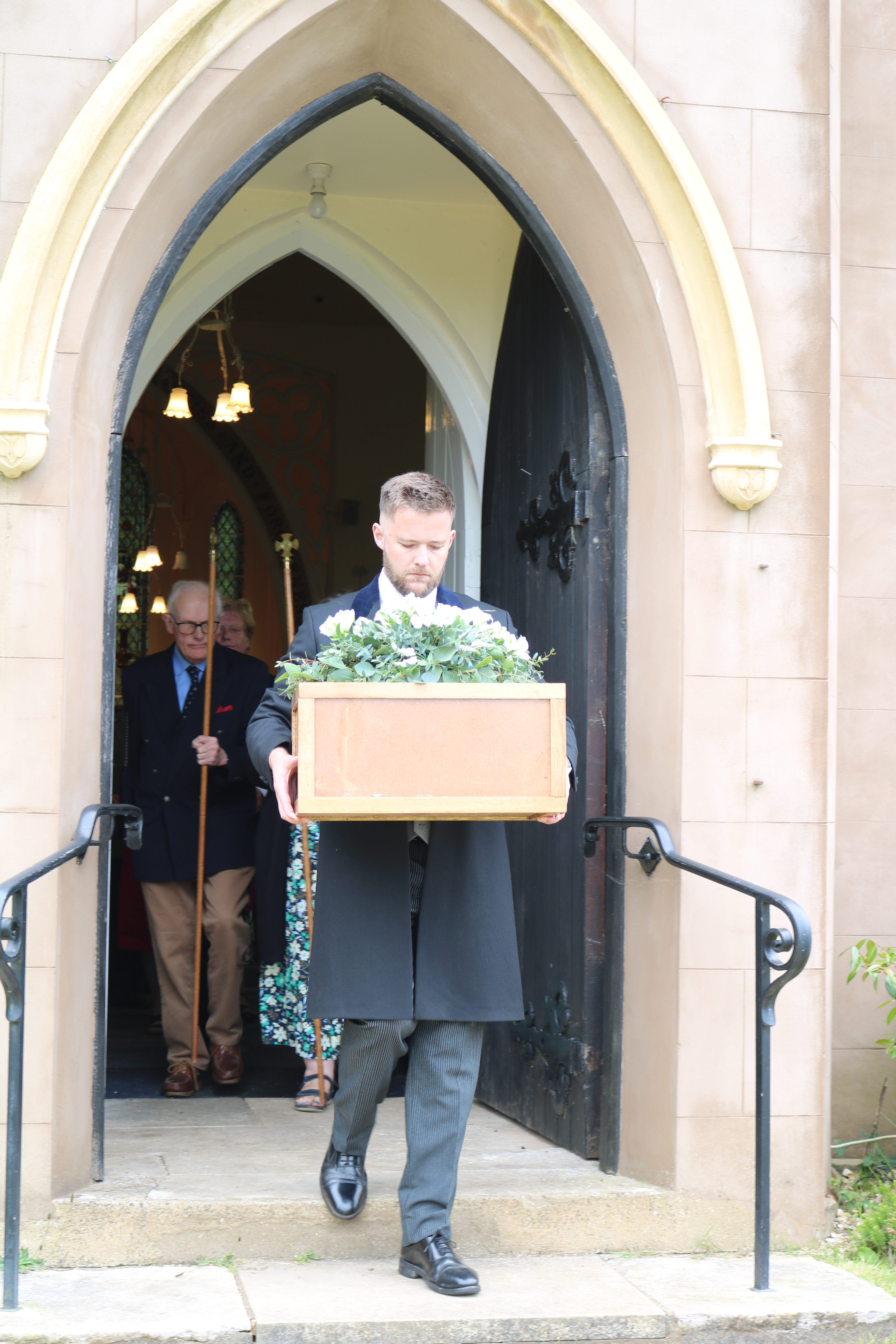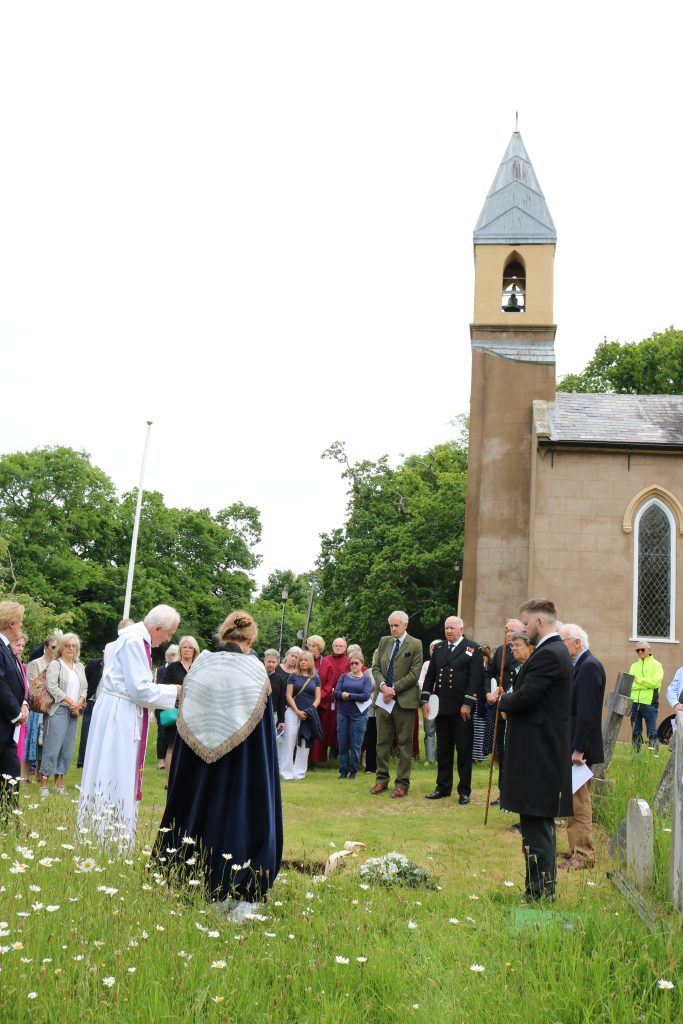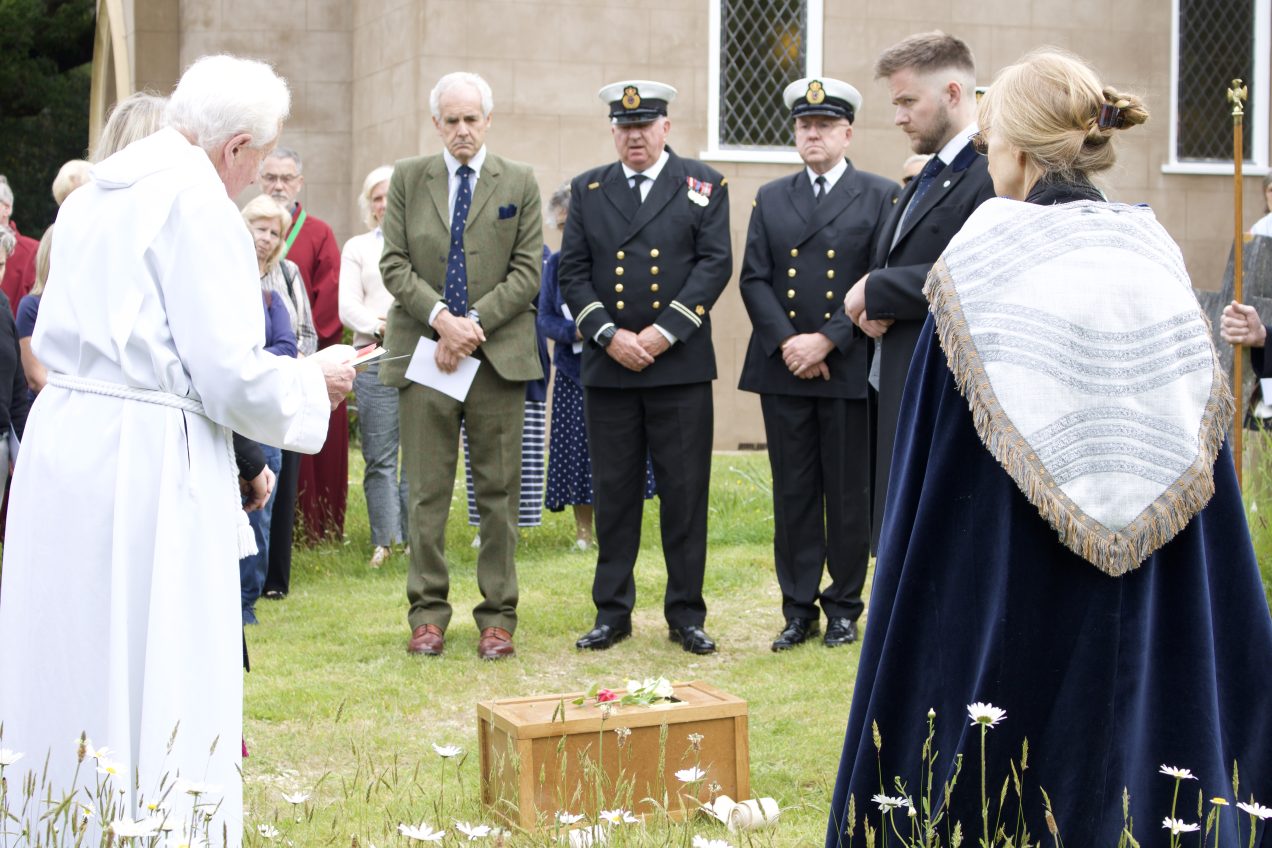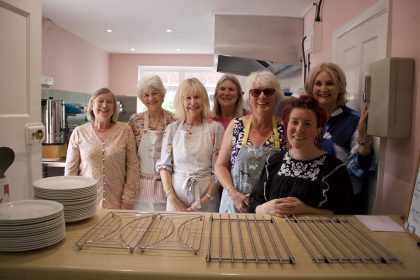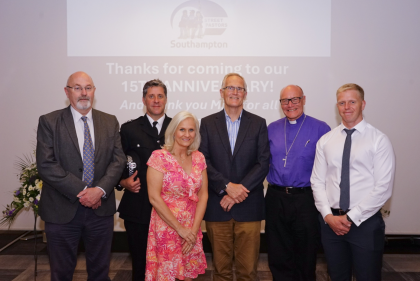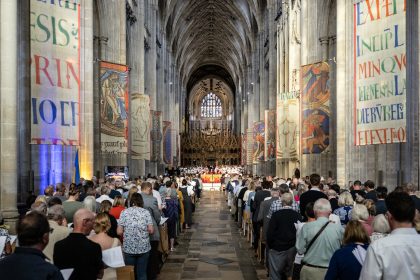The community at St Mary the Virgin in South Baddesley has hosted a moving funeral service for a 16th century man whose skeletal remains were found on a beach near Lymington two years ago.
Police were called to Sowley beach at South Baddesley in May 2022 after a holidaymaker found a skull in the mud and further remains were later discovered. Now around 500 years after he died, the man has been laid to rest in the St Mary’s churchyard. The service was led by the Very Reverend Gordon Wynne, a keen historian, who wanted the unknown man to have a proper funeral service as well as a burial.
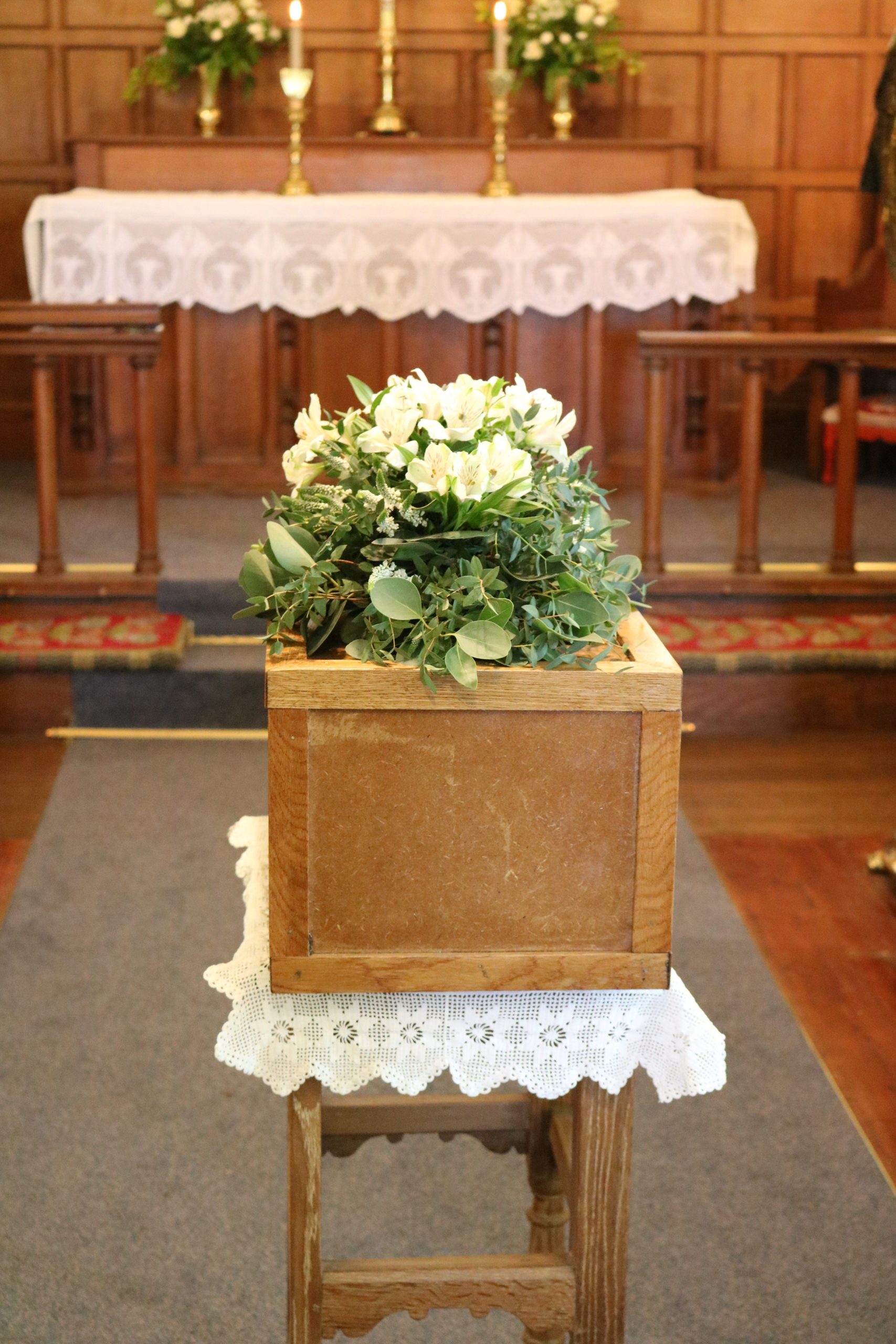
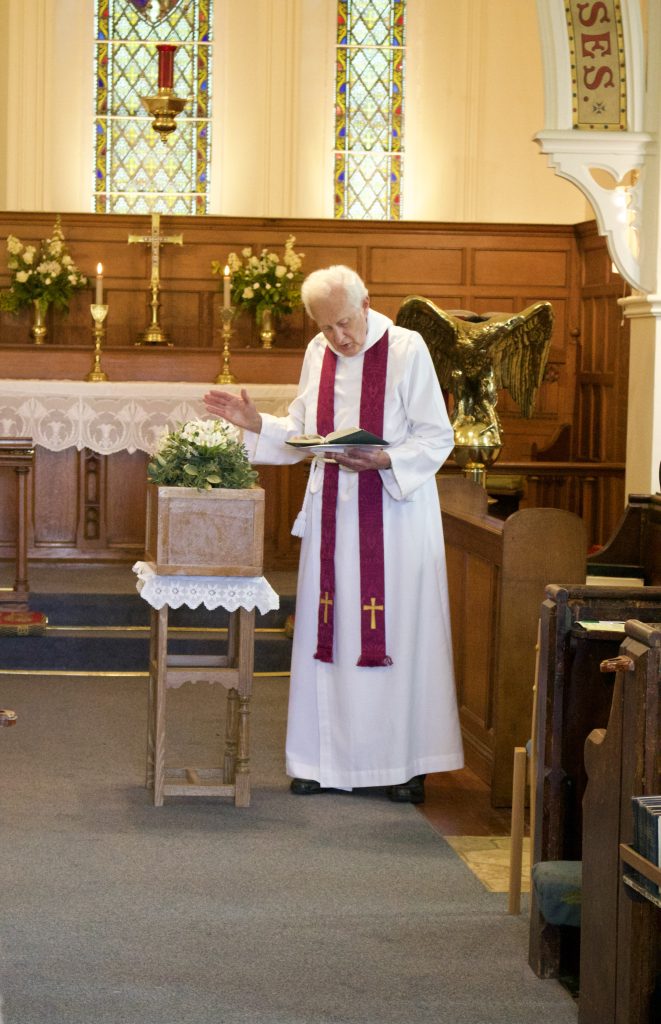
My initial thoughts were this was very interesting and a great service we could perform for this man and for the whole community around here, to show that we cared and that we care about people no matter who they are or when they lived. I think it’s vitally important to give him this burial because firstly he’s a child of God, secondly he would have been raised within the family of the church in one form or another, and thirdly that’s what the parish is here for – to give a Christian service to those who come to it.
The Very Reverend Gordon Wynne
The identity of the man is unknown but radiocarbon testing revealed he died between 1450 and 1650. It’s possible the remains were those of one the brothers of the Cistercian order from Beaulieu Abbey or one of the estate workers from Pylewell or Sowley estate, who was believed to be around 20 to 25 years old. It’s unclear how he died or why he was buried in what would have been marshland at the time. Experts said there was no reason to suspect foul play.
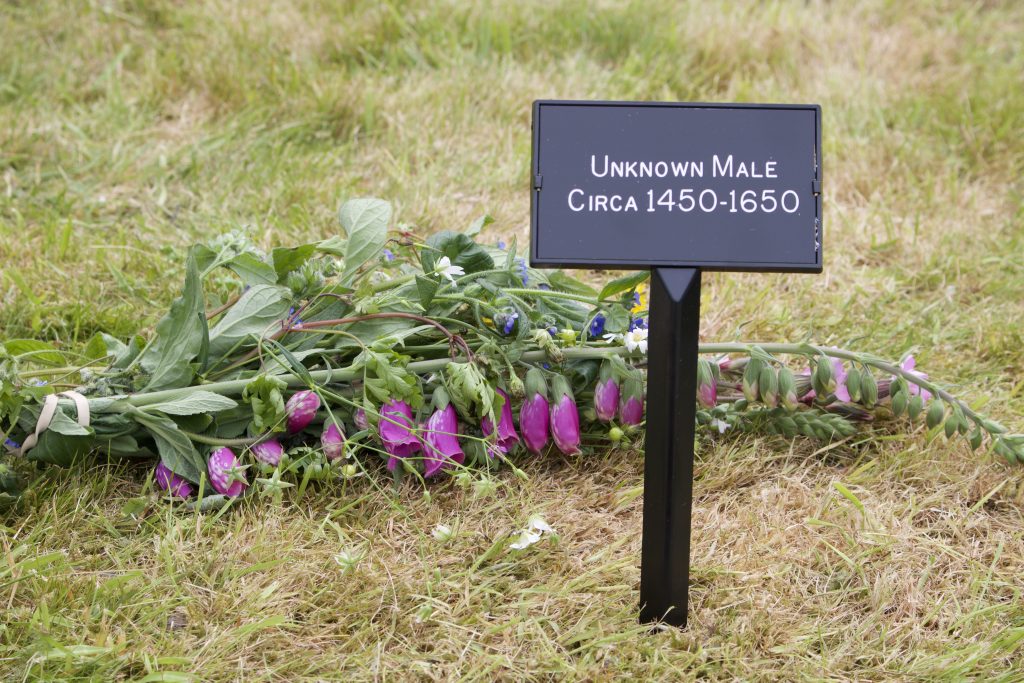
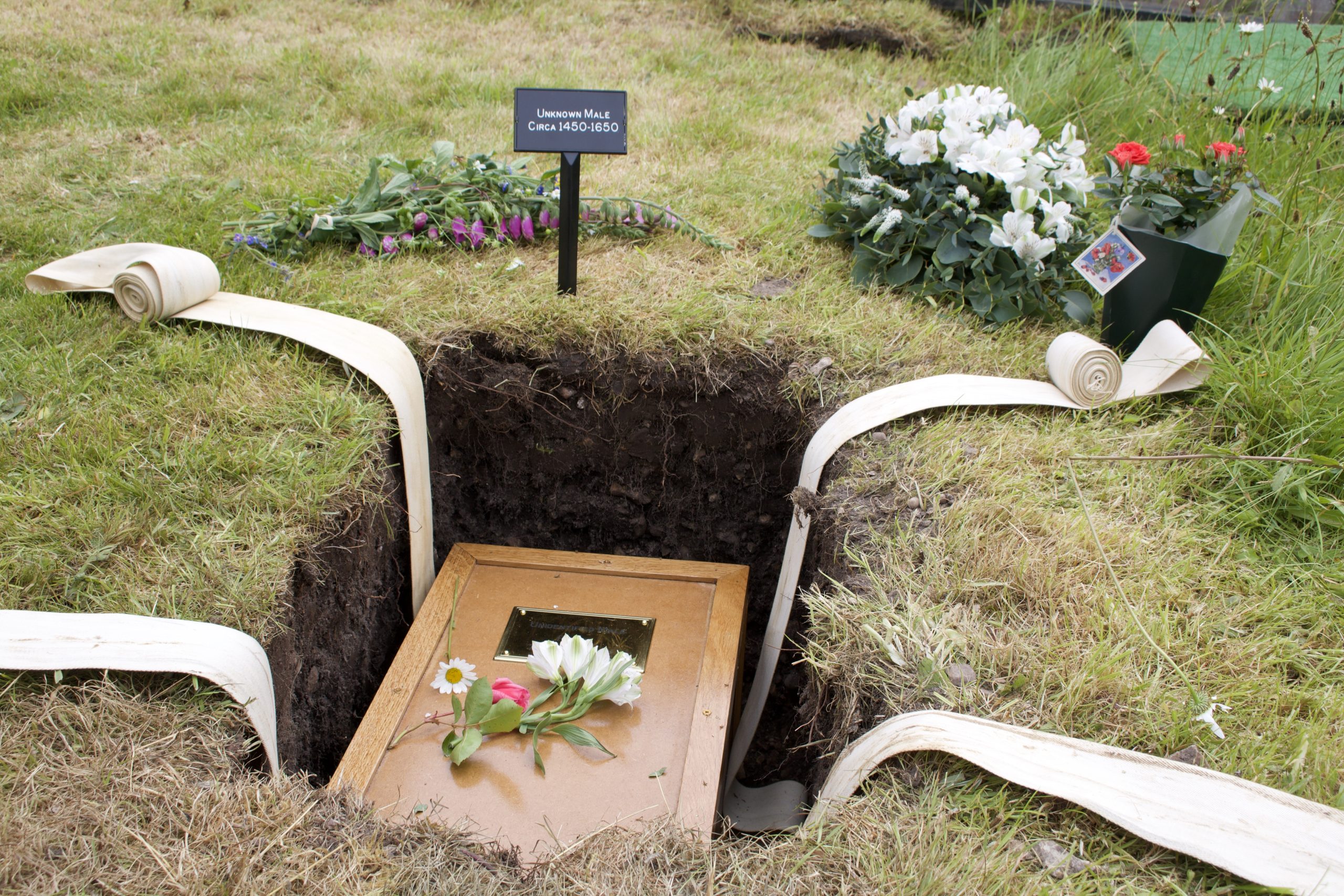
The church was approached by funeral directors around a month ago about conducting the burial of the remains. Pat Mennie is churchwarden of St Mary’s:
“I felt very honoured that we should be asked as a little church to do this burial. It was quite the norm those days for a person to be buried in a parish churchyard and we don’t know why he wasn’t buried locally but it’s only right that he should have a proper send off today and that’s what I hope we did for him. It’s delightful that so many people turned out as well.”
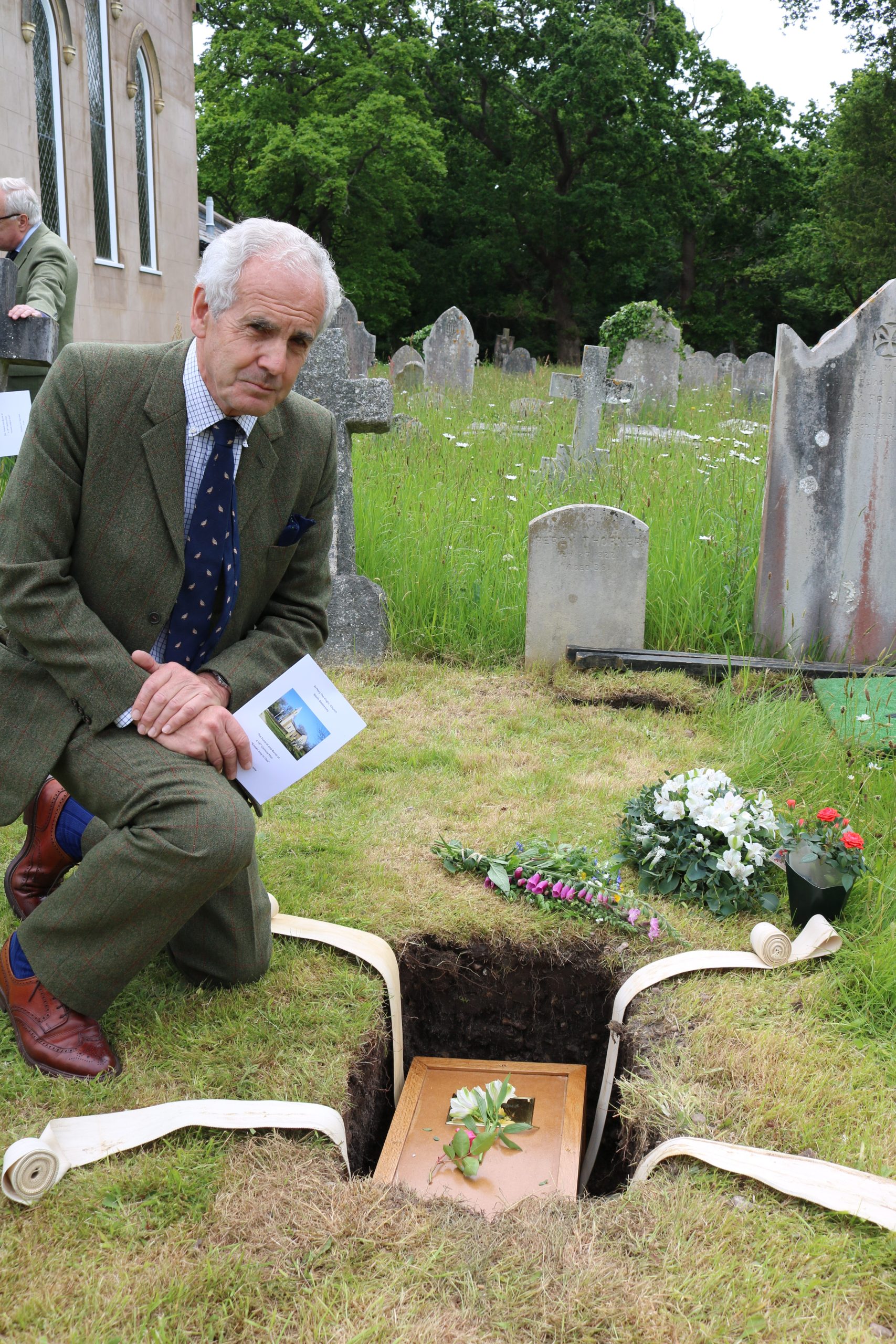
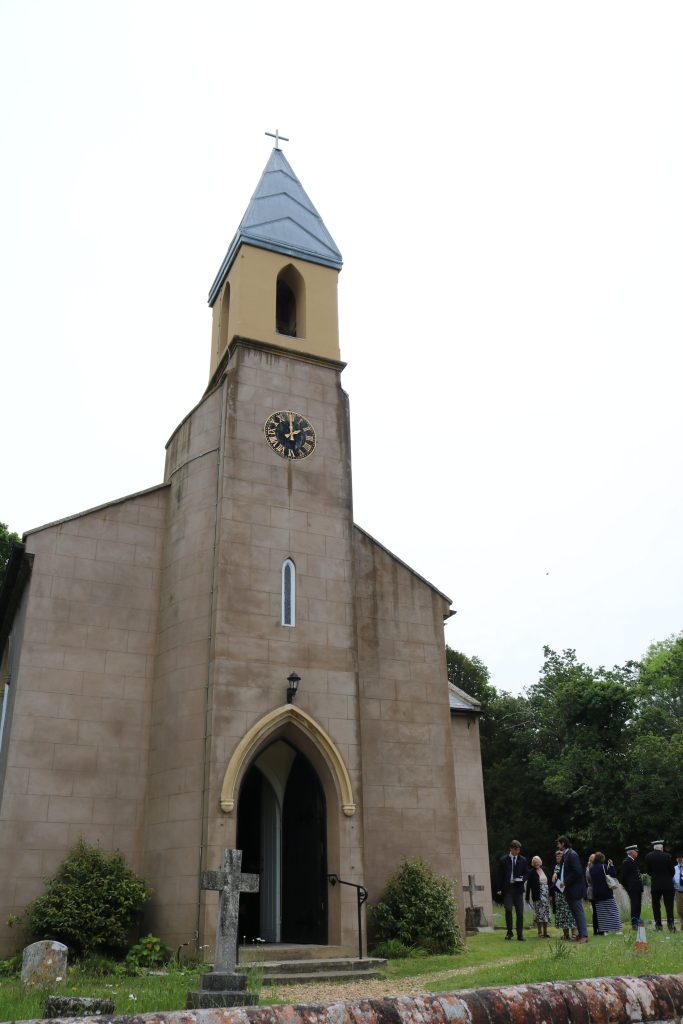
The service was attended by around 50 people including the man who first called police, the coastguards who attended the scene and kept watch over the remains, representatives from the local council, the archaeology team, local historians and residents.
It was a simple, dignified and moving service “for a friend whose name we do not know.” The remains were placed into a small handmade wooden casket which sat at the front of the church. The service included a reading from 1 Corinthians 15, prayers and two hymns sung by members of the church choir. To reflect the age of the remains, there was no congregational singing because that didn’t begin in church until after the death of this man.
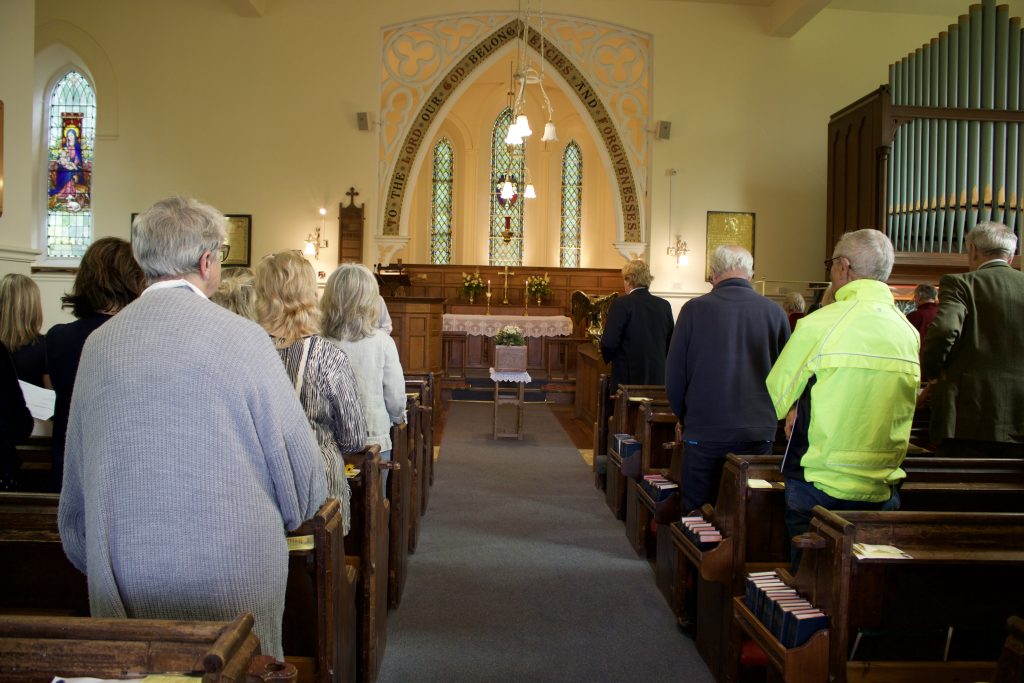
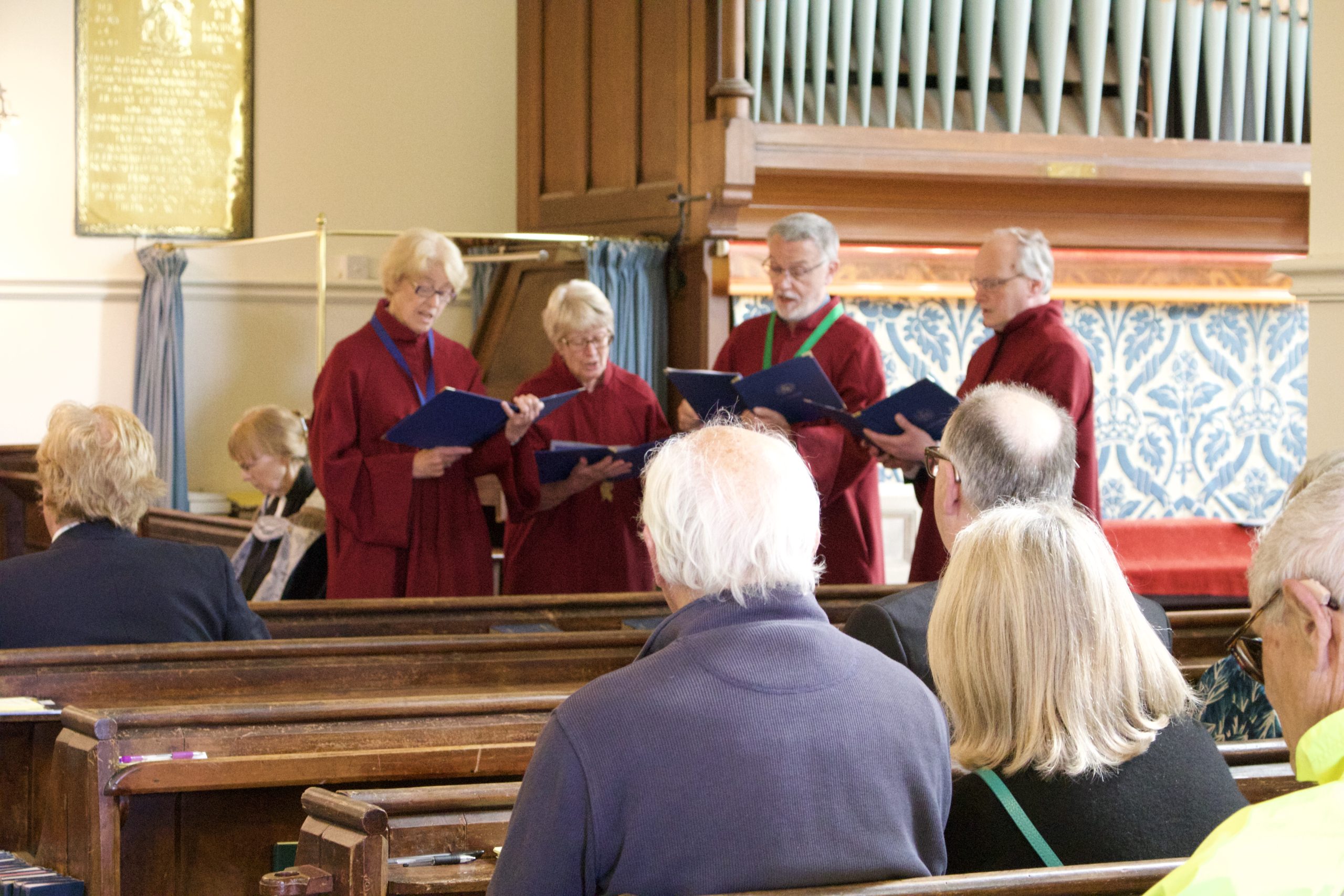
Graham Coulter was staying at Sowley Beach where the remains were found and was one of the first on the scene and called the police.
“I wrote to the coroner and said given I was his neighbour, I wanted to be here when he was interned. I thought it was a lovely service with beautiful singing. I thought it would just be me and the vicar but it was a great turnout and he would have been proud. It’s completion for me, having been there when he was found. It’s lovely that we have made this man important 500 years potentially after his death.”
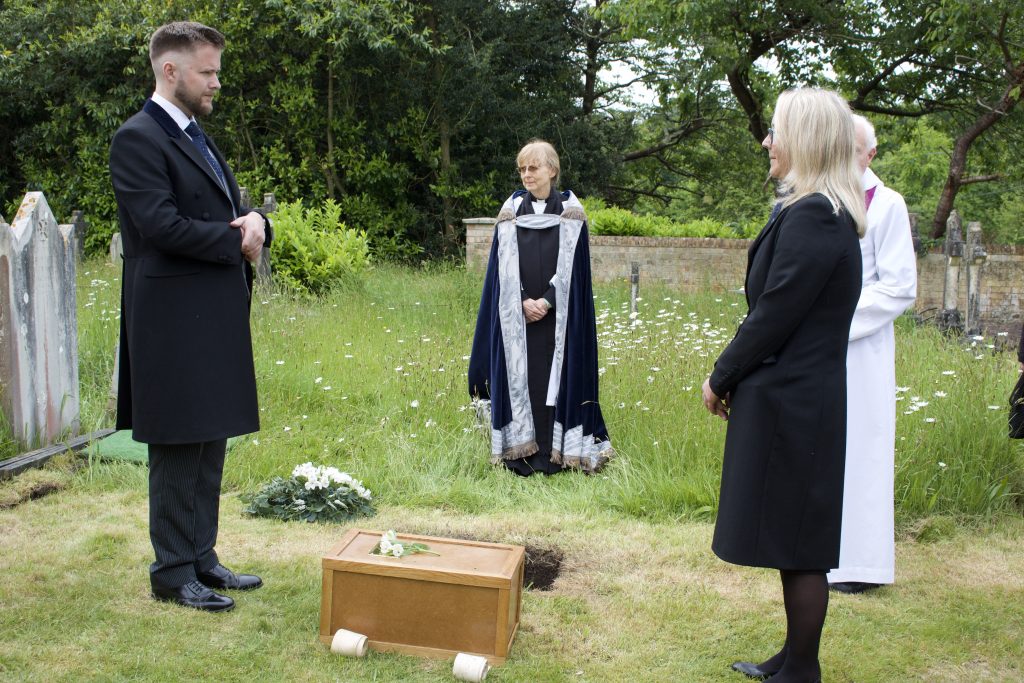
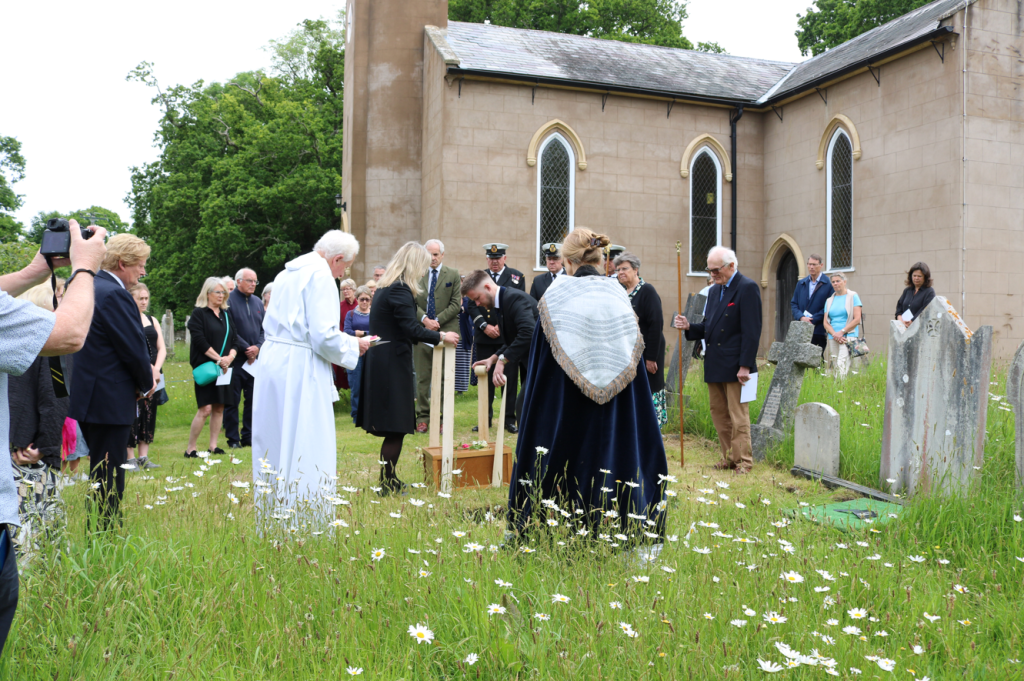
Colin Tabor, Station officer HM Coastguard in Lymington also attended the service.
“I felt a sense of respect and a sense of duty to be here. The service was very fitting and very moving. It’s a fascinating story and a unique service because there’s obviously no family, no wake and no eulogy but it’s important to have this and we wanted to be here to represent His Majesty’s Coastguard.”
Robert Amis from the Lymington History Society added. “It’s an extraordinary find and it’s wonderful to have a Christian burial. It’s what they would have wanted and were denied for so long.”
A short burial service took place in the grounds of the church. A small arrangement of Alstroemeria and roses was placed alongside the plot and a small sign with the words “unknown male circa 1450 – 1650”. A collection was taken at the end of the service for a permanent plaque to be made for his grave.
